Winter storm warnings are issued when severe winter weather conditions are expected, posing significant risks to life and property. Understanding the criteria for issuing these warnings and the potential impacts of winter storms is crucial for staying safe and prepared.
From infrastructure damage and transportation disruptions to hypothermia and frostbite, winter storms can disrupt daily life and cause serious harm. This guide provides a comprehensive overview of winter storm warnings, including safety measures, preparedness tips, and information on the warning system.
Winter Storm Warning Overview
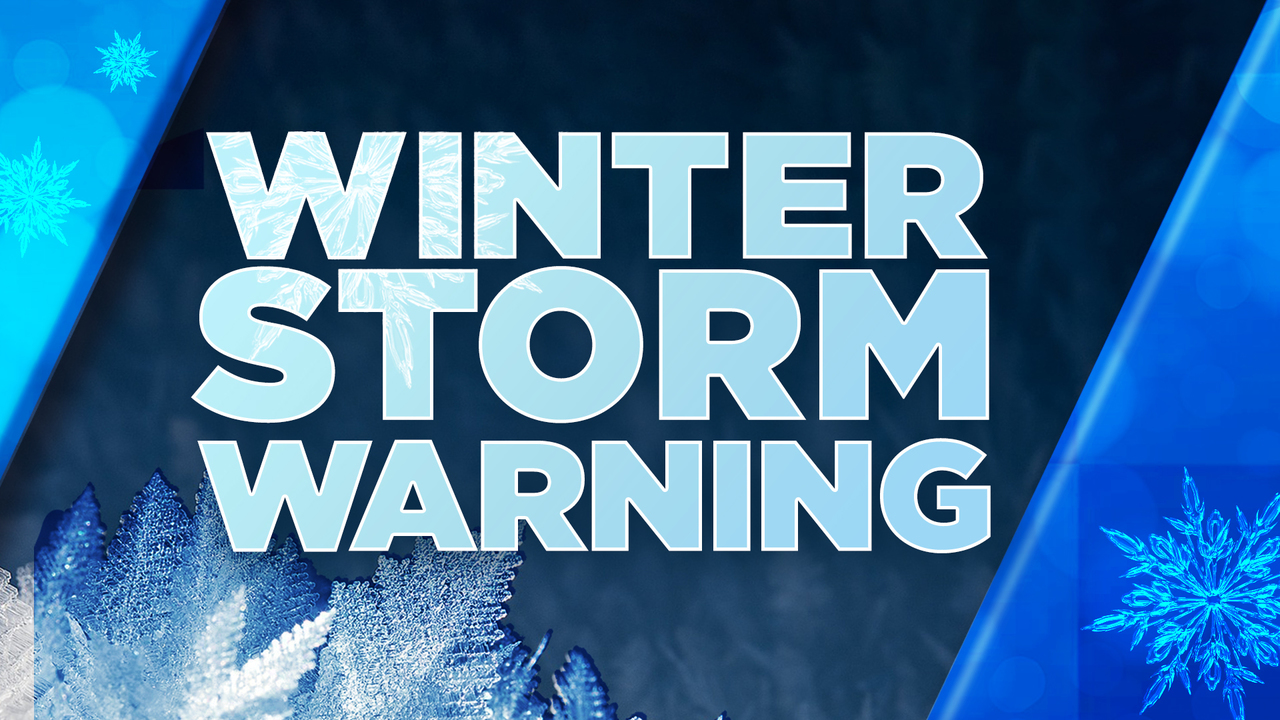
A winter storm warning is a crucial weather alert issued by meteorological authorities to inform the public of impending severe winter weather conditions that pose significant hazards. These storms can bring a range of hazardous conditions, including heavy snowfall, strong winds, and dangerously low temperatures.
The criteria for issuing a winter storm warning vary depending on the region and the specific weather conditions expected. Generally, a warning is issued when snowfall is predicted to exceed a certain threshold (typically 6 inches or more within 12 hours) or when a combination of snowfall, wind, and cold temperatures creates hazardous conditions.
Severe Weather Conditions Associated with Winter Storms
Winter storms can bring a range of severe weather conditions that can pose significant risks to life and property. These conditions include:
- Heavy snowfall: Winter storms can produce significant snowfall, which can lead to transportation disruptions, power outages, and hazardous driving conditions.
- Strong winds: Winter storms often bring strong winds, which can cause damage to trees, power lines, and structures. Blowing snow can also reduce visibility and create dangerous conditions for travelers.
- Extreme cold: Winter storms can also bring dangerously low temperatures, which can lead to hypothermia and frostbite. Wind chill can make the temperature feel even colder, increasing the risk of these conditions.
- Ice storms: Winter storms can also produce freezing rain or sleet, which can create hazardous conditions on roads and sidewalks. Ice storms can also cause power outages and damage to trees and power lines.
Potential Impacts of Winter Storms: Winter Storm Warning
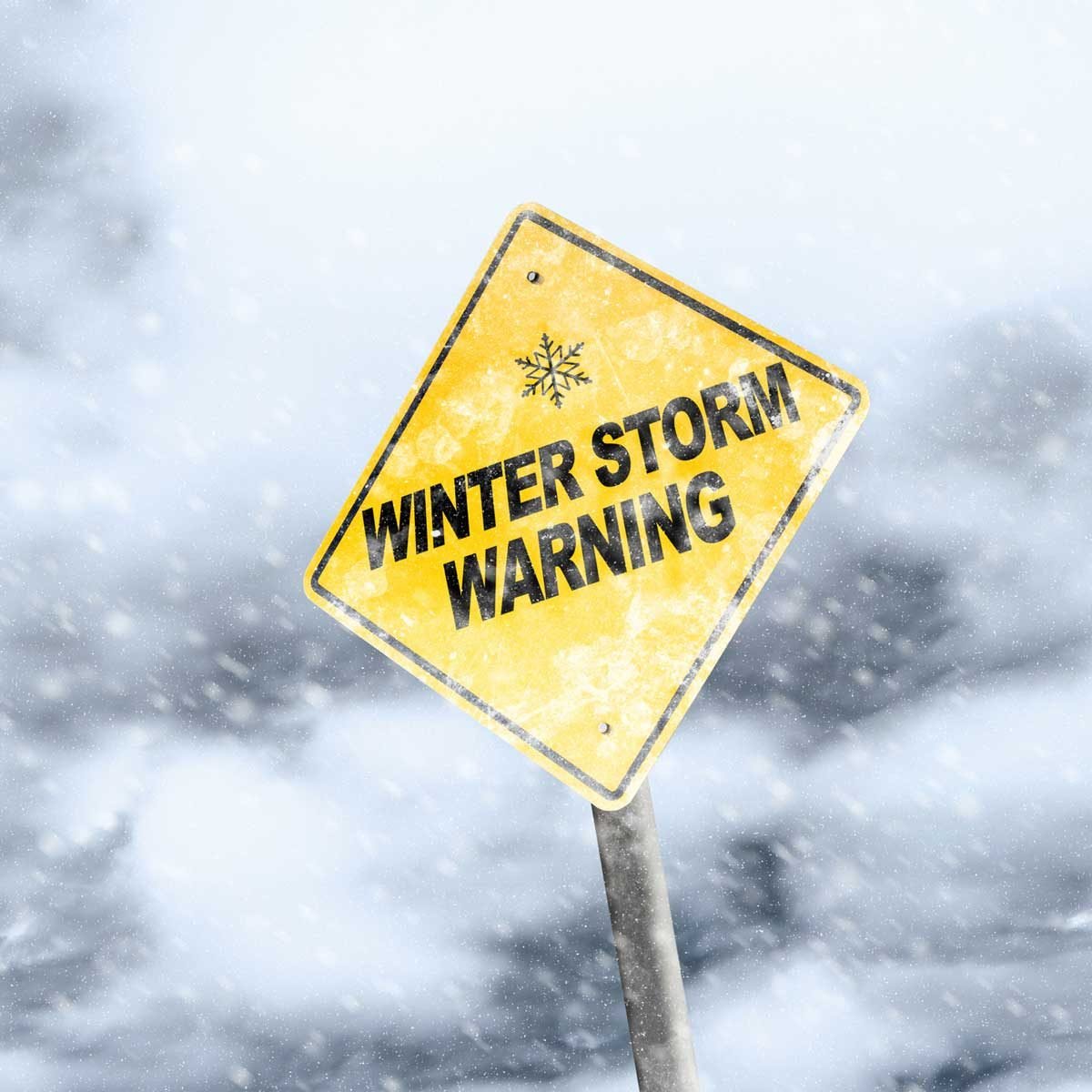
Winter storms can have a significant impact on infrastructure, transportation, and daily life. The heavy snow, ice, and strong winds associated with these storms can cause power outages, transportation delays, and road closures. In addition, winter storms can lead to hypothermia, frostbite, and other cold-related illnesses.
Infrastructure Impacts
- Power outages can occur when snow and ice accumulate on power lines, causing them to break or sag.
- Water pipes can freeze and burst, leading to flooding and property damage.
- Buildings can collapse under the weight of snow and ice.
Transportation Impacts
- Road closures can make it difficult to travel, especially in rural areas.
- Snow and ice can make roads slippery, increasing the risk of accidents.
- Airports can be closed due to snow and ice, causing flight delays and cancellations.
Daily Life Impacts
- Schools and businesses may close due to snow and ice.
- Outdoor activities may be canceled or postponed.
- People may be stranded at home without power or heat.
Health Impacts
- Hypothermia occurs when the body loses heat faster than it can produce it.
- Frostbite occurs when the skin and underlying tissues freeze.
- Other cold-related illnesses include chilblains, trench foot, and hypothermia.
It is important to prepare for and respond to winter storms to minimize their impact. This includes staying informed about weather forecasts, having an emergency plan in place, and stocking up on food, water, and other supplies.
Safety Measures and Preparedness
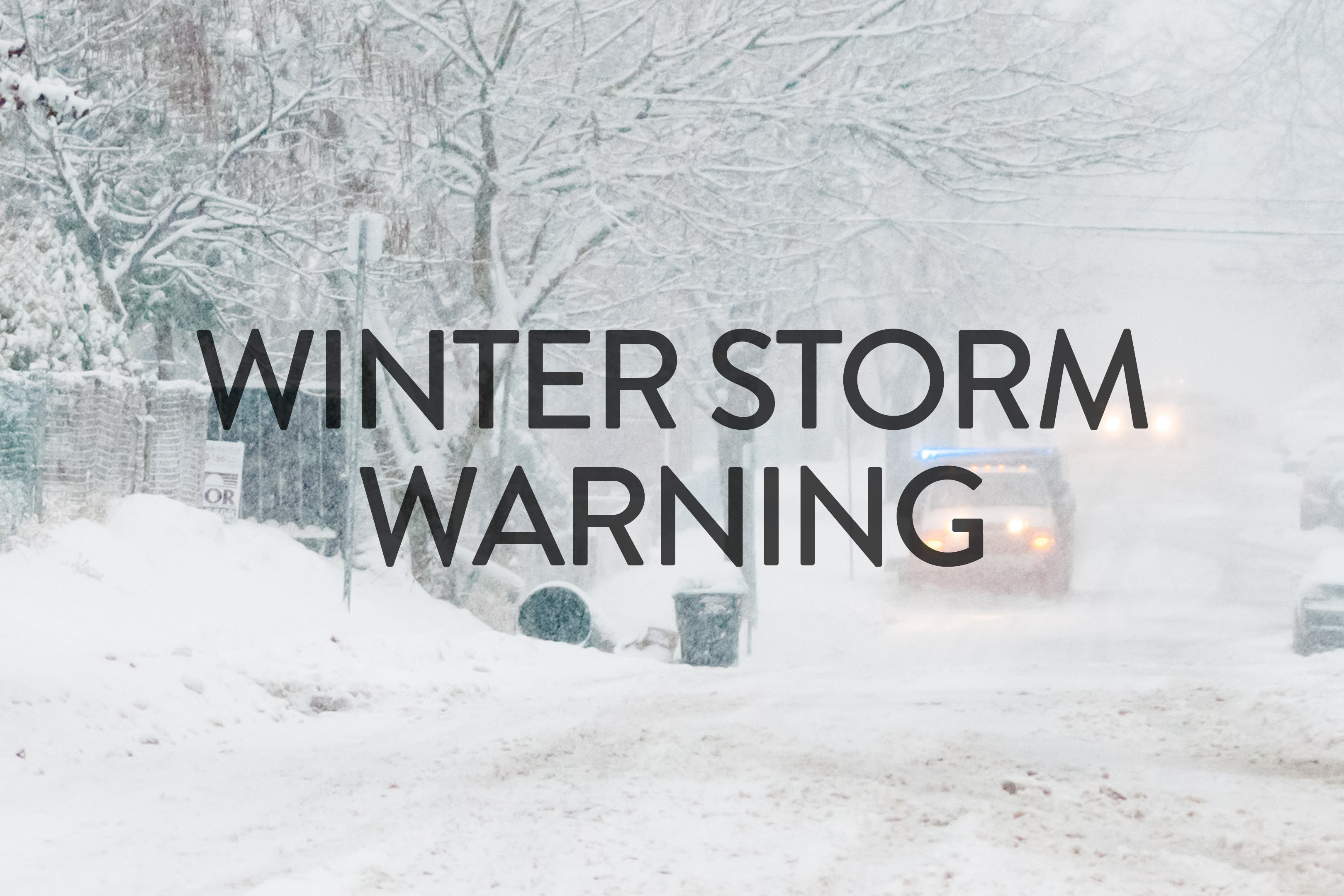
To ensure your safety during winter storms, it’s crucial to implement precautionary measures and have a plan in place.
A comprehensive emergency plan Artikels steps to follow, communication strategies, and evacuation routes in case of emergencies. Having essential supplies, such as non-perishable food, water, first-aid kits, and medications, is equally important.
Staying Informed, Winter storm warning
Monitoring weather forecasts and warnings is vital. Utilize reliable sources like the National Weather Service and local news stations to stay updated on storm conditions and potential hazards.
Winter Storm Warning System
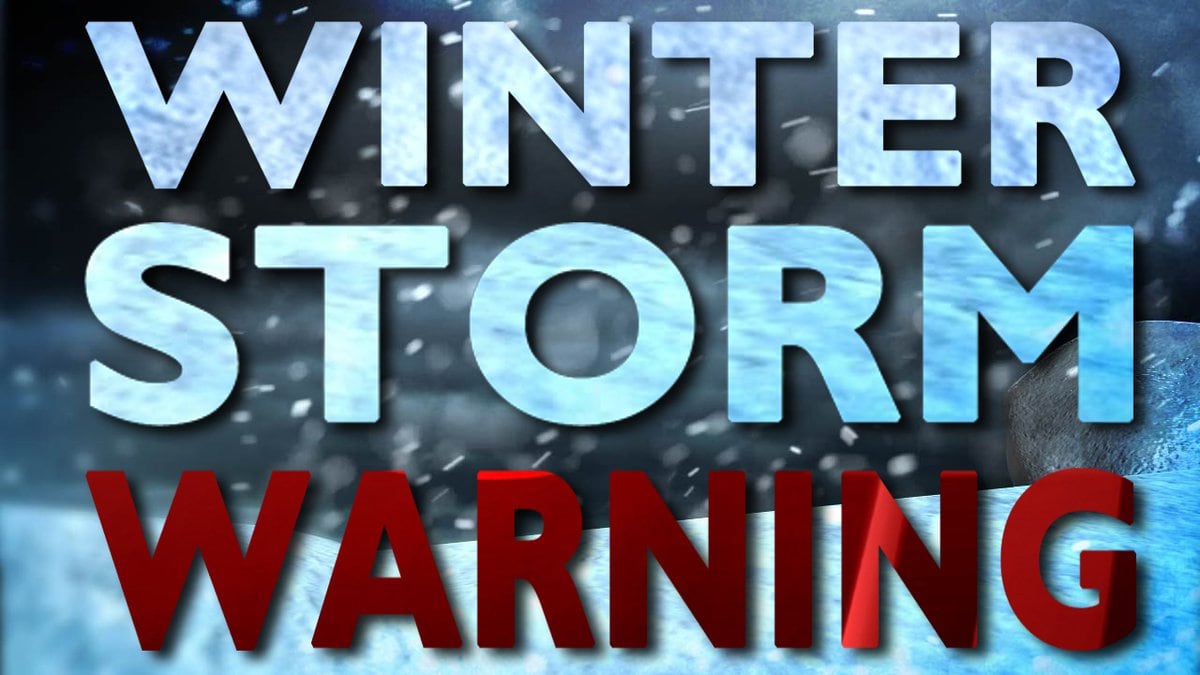
Winter storm warnings are issued by the National Weather Service (NWS) when there is a significant risk of hazardous winter weather conditions. These warnings are based on forecasts of snowfall, ice accumulation, and wind chill. The NWS works closely with other organizations, such as the Federal Emergency Management Agency (FEMA) and the American Red Cross, to ensure that warnings are disseminated to the public in a timely and effective manner.
Role of Technology and Social Media
Technology and social media play an increasingly important role in communicating winter storm warnings. The NWS uses a variety of technologies to issue and disseminate warnings, including:
- Weather radios: NOAA Weather Radios are specially designed radios that receive broadcasts from the NWS. These broadcasts include weather forecasts, warnings, and other emergency information.
- Television and radio: The NWS provides winter storm warnings to television and radio stations, which broadcast the warnings to the public.
- Internet: The NWS website provides up-to-date weather forecasts and warnings. The website also allows users to sign up for email and text alerts for winter storm warnings.
- Social media: The NWS uses social media platforms, such as Twitter and Facebook, to communicate winter storm warnings to the public.
Case Studies and Historical Events

Winter storms have a significant impact on communities, causing widespread disruption and posing risks to human life and property. By examining past events, we can gain valuable insights into the nature of these storms, their potential impacts, and the effectiveness of warning systems and preparedness measures.
Blizzard of 1978
The Blizzard of 1978 was a historic winter storm that struck the northeastern United States and eastern Canada from February 5–7, 1978. It brought heavy snow, high winds, and freezing temperatures, resulting in widespread power outages, transportation disruptions, and at least 28 deaths.
The storm’s impact was particularly severe in the Boston area, where more than 2 feet of snow fell and winds gusted up to 70 mph. The city was paralyzed, with public transportation shut down and roads impassable. The storm also caused significant damage to property, with many buildings collapsing under the weight of the snow.
The Blizzard of 1978 highlighted the need for improved winter storm preparedness and response. In the years since the storm, communities have implemented a variety of measures to mitigate the impacts of future winter storms, including improved snow removal equipment, emergency response plans, and public education campaigns.
Winter Storm Jonas
Winter Storm Jonas was a major winter storm that affected the Mid-Atlantic and Northeast regions of the United States from January 22–24, 2016. The storm brought heavy snow, high winds, and coastal flooding, resulting in widespread power outages, transportation disruptions, and at least 57 deaths.
Amidst the impending winter storm warning, we’d like to extend a warm greeting to all our readers: Hello world! As the storm rages outside, we hope this salutation brings a ray of warmth to your day. Stay safe and heed the warnings, for the safety of our communities is paramount.
The storm’s impact was particularly severe in the Washington, D.C., area, where more than 2 feet of snow fell and winds gusted up to 80 mph. The city was shut down, with federal government offices closed and public transportation suspended. The storm also caused significant damage to property, with many trees and power lines downed.
Winter storm warnings are being issued for several states, urging residents to prepare for heavy snow, strong winds, and frigid temperatures. While staying informed about the latest weather updates is crucial, staying connected with technology is equally important. Atekno, a leading technology news website, provides up-to-date information on the latest gadgets, apps, and tech trends that can help you stay informed and entertained during the storm.
From weather apps to power banks, Atekno has got you covered. So, stay warm, stay safe, and stay connected with atekno during the winter storm.
Winter Storm Jonas demonstrated the importance of timely and accurate weather forecasts and warnings. The National Weather Service issued numerous warnings in advance of the storm, which allowed communities to prepare for its impacts. However, the storm’s intensity and the amount of snow that fell exceeded the forecasts in some areas, leading to widespread disruption and damage.
Final Summary
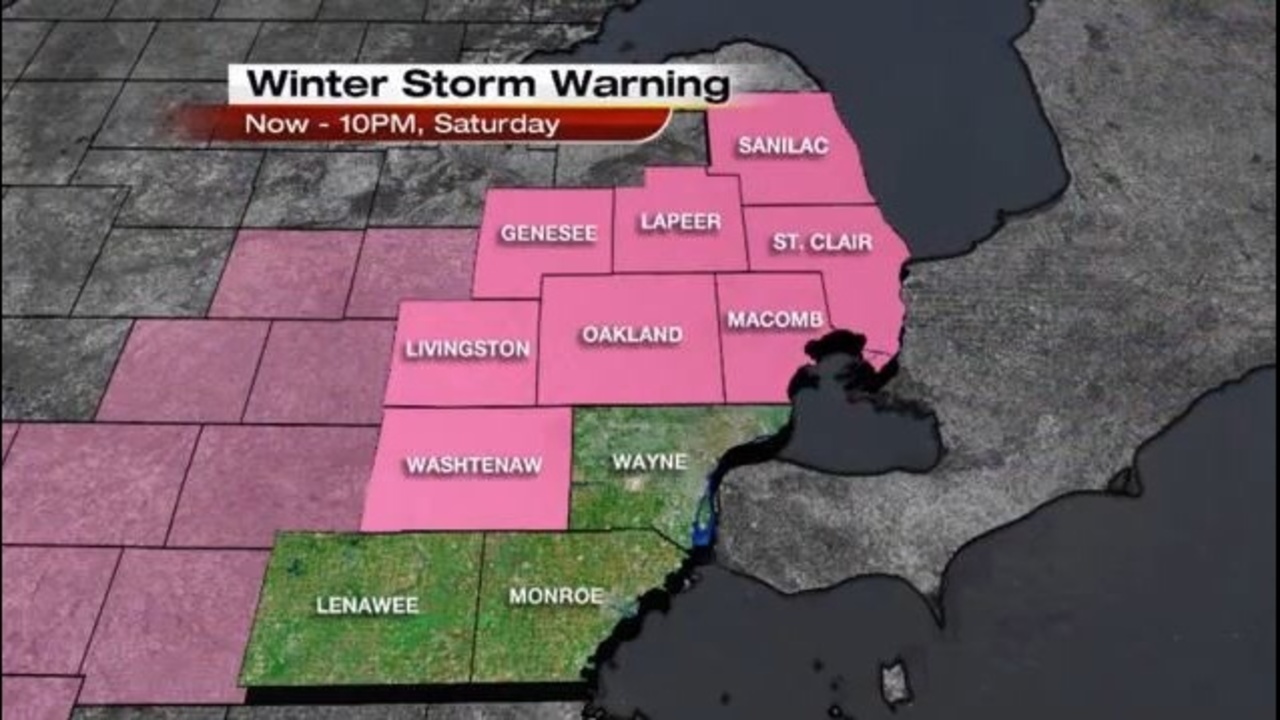
By understanding the significance of winter storm warnings, individuals can take proactive steps to protect themselves and their communities. Stay informed about weather forecasts, have an emergency plan in place, and follow safety guidelines to navigate winter storms safely.
Popular Questions
What is the purpose of a winter storm warning?
Winter storm warnings are issued to alert the public about impending severe winter weather conditions, such as heavy snow, ice, or wind, that could pose a threat to life and property.
What are the potential impacts of winter storms?
Winter storms can cause widespread power outages, transportation disruptions, infrastructure damage, and hazardous road conditions. They can also lead to hypothermia, frostbite, and other cold-related illnesses.
How can I stay safe during a winter storm?
Stay indoors if possible, dress warmly in layers, avoid driving unless absolutely necessary, and be aware of the signs and symptoms of hypothermia and frostbite.
